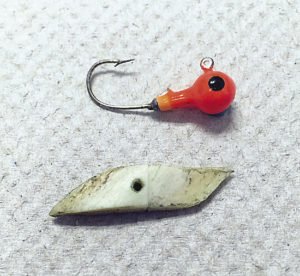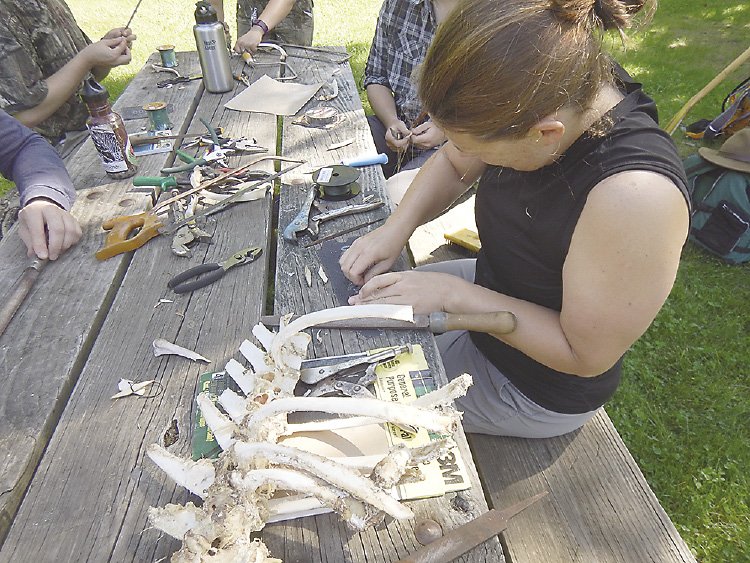In order to make the most of a bad situation, a person needs a variety of skills. How is a fire built without a lighter and newspaper? Can a broken item be repaired? Is food available? An actual Zombie Apocalypse will likely not happen, but any number of more minor scenarios can easily occur that would cause challenges to human comfort or even survival.
Food and nutrition often come to the top of the list for most folks thinking about a survival situation. Although hunger may not be the most pressing issue in the typical survival scenarios, it may come up eventually. Additionally, the gathering of wild foods can be very rewarding, even if starvation is not a looming issue. Many wild foods are quite seasonal, but meat tends to be accessible all of the time, if it can be captured.
In this part of the world, fish are abundant and relatively easily obtained…if the equipment is at hand. Without fishing equipment, those fish might as well be on the moon, right? Can you go fishing without hooks?
Make-shift hooks, using wire or nails come to mind for survival fishing, but many of those methods are challenging and pretty problematic. The hook will potentially be subjected to a lot of force, so a paperclip may not be an appropriate material from which to make a pike hook, for instance. It’s a concept worth exploring, though.
There is irony to buying, say, a bunch of big sucker minnows and then getting skunked while fishing with them. There is a bucket in most boats or at docks that is full of edible fish, yet the angler may come home empty-handed. Most of the baitfish species that are available for purchase or for trapping are, indeed, edible. Minnows can be legally collected by seining, trapping, or netting in Minnesota with a Minnesota fishing license. (Small, whole minnows, breaded and deep-fried are known as “whitebait” around the world and are considered variously either a delicacy or pub fare.)

Looking back to ancient cultures, there are many wild ways to acquire fish, and one proven method showed up all over the world over time. If a two-ended, sharpened bone toggle is tied to a line and hidden in bait or a “streamer” made of colorful fabric and shiny materials, then it is allowed to be swallowed by a fish, and there is very little chance of the fish getting away as the toggle gets stuck in the fish’s gullet. Modern day anglers, using hooks, try not to let fish “swallow the hook.” Deep hooking makes them hard to unhook and, usually, results in the fish’s death, so release is not possible.
There are ample deer bones around the Northland. A short walk in the ditches of Highway 61 along the North Shore will provide a lifetime of raw material, due to the sheer number of roadkills throughout the year. The target size for a northern pike bone toggle is a bone piece about 1.5 inches long. Carve or cut the bone shard with a hacksaw, files, knives, large rough rocks, etc. Nothing fancy. The toggle needs to come to a very sharp, tapered point on each end. The middle of the toggle, equidistant from the points, needs a groove or a drilled hole for the string or line or light wire to wrap around.
No one hopes to get stranded or lost, but it is nice to be prepared.




